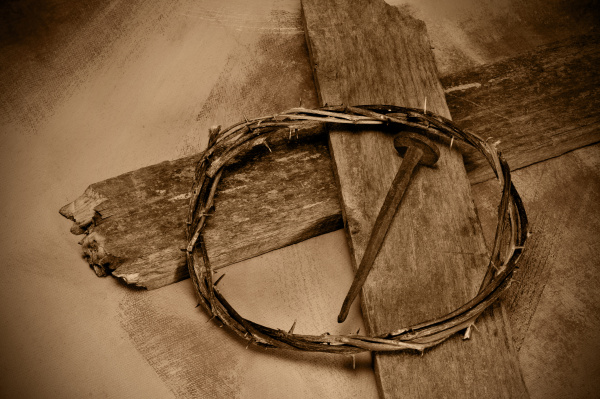Say the phrase “not a tame . . .” to anyone who’s read C. S. Lewis, and they know the next word: “Lion.” The phrase is so well-known and widely cited that many people know it who’ve never read a word about Aslan, Tumnus or the Pevensies. It’s Lewis’s brilliantly memorable literary shorthand description of Christ. Mr. Beaver’s warning that Aslan is “not a tame Lion” captures, in a single, vivid, verbal snapshot, Christ’s absolute and undomesticated sovereignty. “Safe?” Beaver continues, “Who said anything about safe? ‘Course he isn’t safe. But he’s good. He’s the King, I tell you.” Those are surely some of the most-quoted lines Lewis ever penned.
Some Tolkien readers may remember, however, that Merry said something very similar about Treebeard and the Ents: “I have an odd feeling about these Ents; somehow I don’t think they are quite as safe . . . as they seem.” If they were roused, he says, “I would rather not be on the other side.”
That’s not to say that both Aslan and Treebeard are equally intended by their inventors to function as Christian symbols. Aslan certainly is an intentional allegory for Christ, but Treebeard emphatically is not. Tolkien is adamant that his story is not allegorical. But what is said of Treebeard may be applied (a word to which Tolkien would not object, if you read his preface to The Lord of the Rings) to describe the Cross of Christ.
The “tree” is a common NT synonym for the cross on which Christ died (Acts 5:30; 10:39; 13:29; 1 Pet. 2:24). John Stott’s outstanding work on soteriology, The Cross of Christ, reflects on the concept of religious symbolism:
Every religion and ideology has its visual symbol, which illustrates a significant feature of its history or beliefs. . . . A universally acceptable Christian symbol would obviously need to speak of Jesus Christ, but there was a wide range of possibilities. . . . [T]he chosen symbol came to be a simple cross. . . . [The early Christians] wished to commemorate as central to their understanding of Jesus neither his birth nor his youth, neither his teaching nor his service, neither his resurrection nor his reign, nor his gift of the Spirit, but his death, his crucifixion. . . . The Christians’ choice of a cross as the symbol of their faith is the more surprising when we remember the horror with which crucifixion was regarded in the ancient world [with its] combination of death, crime and shame. . . . It was a symbol that laid Christians open to ridicule and disdain.
As an example, Stott cites a crude, second-century Roman graffito depicting a man bowing down in worship to a figure on a cross, with the sarcastic caption, “Alexamenos worships God.” We know it’s sarcastic because the figure on the cross has the head of a donkey. Stott continues,
The fact that a cross became the Christian symbol, and that Christians stubbornly refused, in spite of the ridicule, to discard it in favor of something less offensive, can have only one explanation. It means that the centrality of the cross originated in the mind of Jesus himself.
The crux of Christianity really is the cross. That’s not just a play on words (“crux” is, after all, the Latin word for “cross”), it is a spiritual reality. God has chosen to use a foolish thing to confound wise-in-their-own-eyes people to insure that salvation, from beginning to end, is of the Lord (1 Cor. 1:18–31).
The early preaching recorded in Acts makes no effort to avoid, conceal, or ignore the stigma of the crucifixion itself. The apostles unabashedly referred to the cross on which he died as a “tree” (Acts 5:30; 10:39; 13:29). Didn’t they understand that any Jew would immediately think of Deuteronomy 21:22–23—a passage declaring that anyone who hangs on a tree is under God’s curse? Not only did they understand it; they positively advertised it! Because the divine curse on Christ is our only hope of escaping the divine curse ourselves.
Christ redeemed us from the curse of the law by becoming a curse for us—for it is written, “Cursed is everyone who is hanged on a tree” (Gal. 3:13 ESV).
That was the whole point of the crucifixion: Christ absorbed the divine curse that we deserved.
The Cross is not a piece of fashion jewelry, a talisman for superstitious fingering or a charm for safety or success. It’s not a Tree you want to be on the wrong side of. It is not a safe Tree, unless you are taking refuge in its shadow by faith in the finished work of the One who “bore our sins in his body on the tree, that we may cease from sinning and live for righteousness” (1 Pet. 2:24 NET).
This article was originally published on Theology in 3D.








